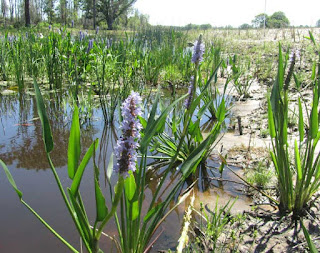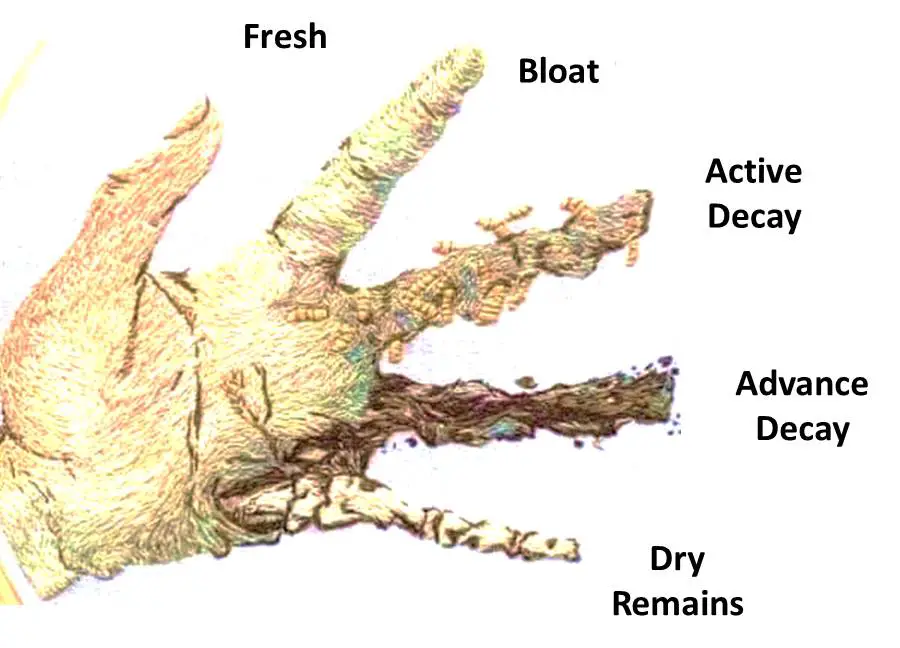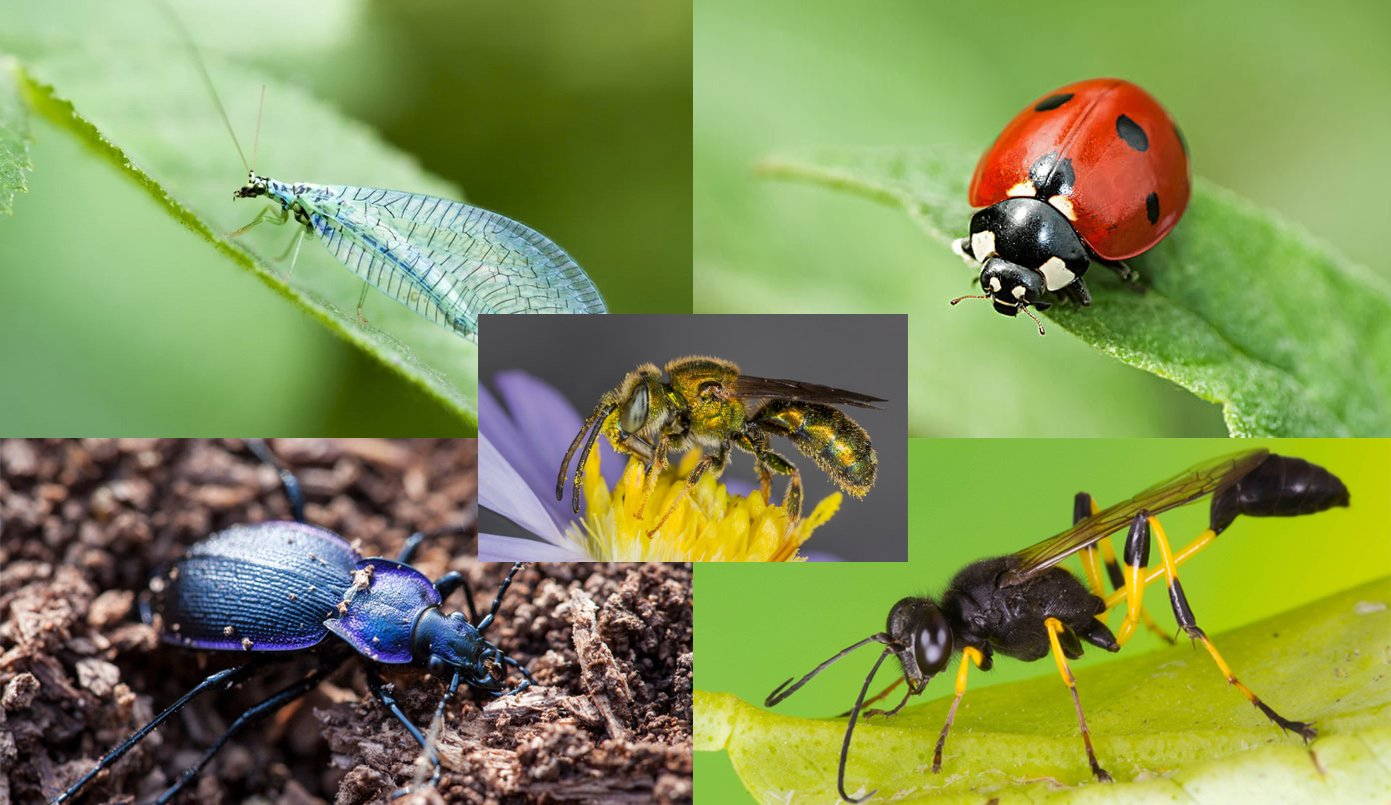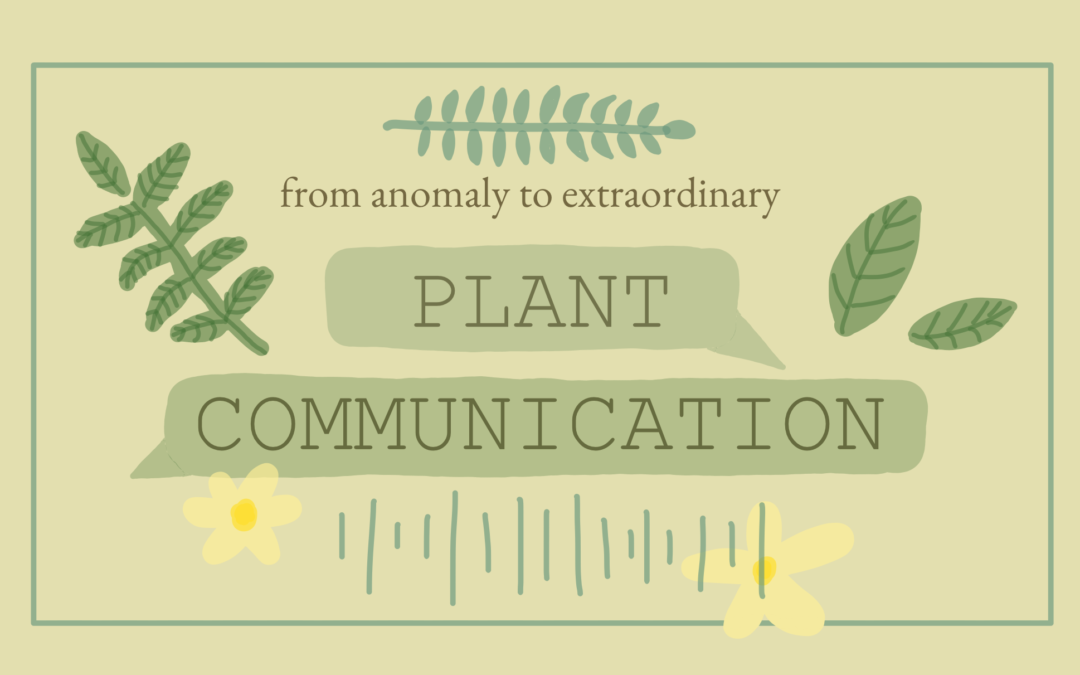
Wetlands, often dismissed as wastelands, are, in reality, the lifeblood of our planet. These vibrant ecosystems, brimming with biodiversity, provide critical services that sustain both human and ecological well-being. They act as natural sponges, soaking up floodwaters and mitigating the impacts of storms. They filter pollutants, purifying our water sources. They are nurseries for countless species, from the smallest insects to the largest mammals. However, these vital habitats are disappearing at an alarming rate, threatened by development, pollution, and climate change. The good news? We can turn the tide through wetland restoration planting. This comprehensive guide dives deep into the world of wetland restoration planting, exploring its importance, the methods employed, and the benefits it offers.
Why Wetland Restoration Planting Matters
The significance of wetland restoration planting cannot be overstated. It’s not just about planting a few reeds and calling it a day; it’s about revitalizing entire ecosystems and the invaluable services they provide. Let’s delve into the core reasons why this practice is so crucial:
Ecological Benefits
- Habitat Creation: Wetlands are biodiversity hotspots. They provide essential habitats for a vast array of plant and animal species, including migratory birds, fish, amphibians, and countless invertebrates. Restoration planting directly addresses habitat loss, creating homes and feeding grounds for these creatures.
- Biodiversity Enhancement: By reintroducing native plant species, restoration efforts promote a more diverse and resilient ecosystem. This diversity is crucial for the long-term health and stability of the wetland. A diverse ecosystem is better equipped to withstand environmental stressors, such as disease outbreaks or climate change impacts.
- Water Quality Improvement: Wetlands act as natural filters, removing pollutants and excess nutrients from water. The plants absorb these substances, preventing them from contaminating rivers, lakes, and groundwater. Restoration planting enhances this natural filtration process, leading to cleaner water sources.
- Flood Control: Wetlands function as natural sponges, absorbing and storing floodwaters. By restoring these areas, we can reduce the risk of flooding in downstream communities. The vegetation slows down the flow of water, allowing it to spread out and be absorbed into the soil.
- Erosion Control: Wetland plants have extensive root systems that help stabilize soil and prevent erosion. This is particularly important in coastal areas, where wetlands can protect against storm surges and wave action.
Human Benefits
- Water Supply: Wetlands recharge groundwater aquifers, providing a vital source of freshwater for drinking, agriculture, and industry.
- Recreation and Tourism: Restored wetlands offer opportunities for recreation, such as birdwatching, fishing, and hiking. This can boost local economies and provide valuable recreational experiences for people of all ages.
- Carbon Sequestration: Wetlands are highly effective at storing carbon, helping to mitigate climate change. The plants absorb carbon dioxide from the atmosphere, and the waterlogged soils prevent its release.
- Economic Value: The benefits provided by wetlands, such as flood control and water purification, translate into significant economic value. Restoration efforts can help to preserve and enhance these valuable ecosystem services.
- Climate Change Resilience: Restored wetlands are more resilient to the impacts of climate change, such as sea-level rise and extreme weather events. They can provide crucial protection for coastal communities and infrastructure.
Planning Your Wetland Restoration Planting Project
Embarking on a wetland restoration planting project requires careful planning and execution. It’s not a simple matter of throwing some seeds into the ground and hoping for the best. Success depends on a thorough understanding of the site, the target ecosystem, and the specific goals of the project. Here’s a step-by-step guide to help you plan and execute your restoration efforts:
1. Site Assessment and Characterization
This is the crucial first step. Before you even think about planting, you need to understand the existing conditions of the site. This involves:
- Hydrology: Assessing the water sources, water flow patterns, and water levels. Understanding the hydrology is key to determining the types of plants that will thrive.
- Soils: Analyzing the soil composition, nutrient levels, and pH. This information will help you select the appropriate plant species and determine if any soil amendments are needed.
- Vegetation: Identifying the existing plant species and assessing the level of degradation. This will help you determine the extent of the restoration effort needed.
- Topography: Mapping the elevation and contours of the site. This information is crucial for understanding water flow and drainage patterns.
- Wildlife: Documenting the existing wildlife species and their habitat requirements. This will help you select plants that provide food and shelter for the local fauna.
2. Defining Goals and Objectives
What do you hope to achieve with your restoration project? Clearly defined goals and objectives will guide your planning and help you measure your success. Consider these questions:
- What type of wetland are you restoring? (e.g., freshwater marsh, salt marsh, riparian wetland)
- What specific ecological functions do you want to restore or enhance? (e.g., water quality improvement, habitat creation, flood control)
- What target plant species do you want to establish?
- What are your measurable success criteria? (e.g., percentage of plant cover, water quality parameters)
3. Selecting Plant Species
Choosing the right plant species is critical for the success of your restoration project. Consider the following factors:
- Native Species: Always prioritize native plants, as they are best adapted to the local environment and support native wildlife.
- Site Conditions: Select plants that are tolerant of the specific soil, water, and light conditions of the site.
- Ecological Function: Choose plants that will contribute to the desired ecological functions, such as water filtration, erosion control, and habitat creation.
- Availability: Ensure that the plants are readily available from local nurseries or through seed collection.
- Successional Stages: Consider planting a mix of species that will establish quickly and species that will establish later, creating a diverse and resilient plant community.
4. Preparing the Site
Proper site preparation is essential for successful planting. This may involve:
- Removing Invasive Species: Eradicating any non-native invasive plants that could compete with the native species.
- Controlling Erosion: Implementing measures to prevent soil erosion, such as installing erosion control blankets or planting erosion-control grasses.
- Grading and Shaping: Modifying the topography of the site to create the desired water flow patterns and habitats.
- Soil Amendments: Adding organic matter or other amendments to improve soil conditions, if necessary.
5. Planting Methods
There are several planting methods to choose from, depending on the species, site conditions, and project goals:
- Direct Seeding: Planting seeds directly into the soil. This is a cost-effective method, but it may require more maintenance and may not be suitable for all species.
- Transplanting Seedlings: Planting young plants that have been grown in a nursery. This method provides a head start for the plants and is often more successful than direct seeding.
- Planting Cuttings or Rhizomes: Planting stem cuttings or underground stems (rhizomes) of certain species. This method can be effective for propagating plants that spread through vegetative means.
- Hydroseeding: Spraying a mixture of seeds, mulch, and fertilizer onto the soil. This method is often used on large sites or areas with difficult terrain.
6. Monitoring and Maintenance
Restoration is an ongoing process. Regular monitoring and maintenance are essential to ensure the success of your project. This includes:
- Water Level Monitoring: Tracking water levels to ensure they are within the optimal range for the plants.
- Plant Survival and Growth: Monitoring the survival and growth of the planted species.
- Invasive Species Control: Regularly removing any invasive plants that may appear.
- Water Quality Monitoring: Assessing water quality parameters to track improvements.
- Adaptive Management: Making adjustments to your management practices based on your monitoring results.
Choosing the Right Plants for Wetland Restoration
The specific plant species you choose will depend on the type of wetland you are restoring, the local climate, and the goals of your project. However, here are some examples of common wetland plants and their characteristics:
Freshwater Marshes
- Cattails (Typha spp.): These tall, grass-like plants are highly adaptable and provide valuable habitat for wildlife.
- Bulrushes (Schoenoplectus spp.): These plants are excellent for erosion control and provide food and cover for waterfowl.
- Pickerelweed (Pontederia cordata): This beautiful flowering plant is a favorite of pollinators and provides food for waterfowl.
- Arrowhead (Sagittaria spp.): These plants have distinctive arrowhead-shaped leaves and provide food and cover for wildlife.
Salt Marshes
- Saltmarsh Cordgrass (Spartina alterniflora): This dominant species is highly tolerant of salt and inundation and provides critical habitat for many coastal species.
- Saltmeadow Cordgrass (Spartina patens): This species is found in the higher elevations of salt marshes and provides important habitat for birds and other wildlife.
- Sea Lavender (Limonium carolinianum): This beautiful flowering plant is tolerant of salt and provides a splash of color in the salt marsh.
- Glasswort (Salicornia spp.): This succulent plant is highly salt-tolerant and provides food for wildlife.
Riparian Wetlands
- Willows (Salix spp.): These trees are fast-growing and provide shade, erosion control, and habitat for wildlife.
- Cottonwoods (Populus spp.): These large trees provide shade and habitat and are important for stabilizing stream banks.
- Alders (Alnus spp.): These trees are nitrogen-fixing and improve soil fertility.
- Buttonbush (Cephalanthus occidentalis): This shrub provides nectar for pollinators and berries for birds.
Techniques for Successful Wetland Planting
Beyond the species selection, several techniques can significantly boost the success of your wetland restoration planting project. Here are some essential considerations:
Propagation Methods
Understanding the best propagation methods for your chosen species is critical. Some plants are best started from seed, while others may thrive from cuttings or rhizomes. Research the specific needs of each plant:
- Seed Collection: Collect seeds from local, genetically appropriate sources. Proper storage and pre-treatment (e.g., scarification or stratification) can improve germination rates.
- Nursery Propagation: Consider growing seedlings in a nursery setting to give them a head start before transplanting.
- Vegetative Propagation: For some species, propagation from cuttings or rhizomes can be highly effective.
Planting Timing and Spacing
Timing is everything. Plant at the optimal time of year for your region, usually during the growing season. Proper spacing between plants is also crucial:
- Optimal Planting Season: Research the best planting times for your region to maximize survival rates.
- Spacing Guidelines: Follow spacing guidelines for each species to allow for adequate growth and prevent overcrowding.
- Staggered Planting: Consider staggering the planting of different species to promote biodiversity and resilience.
Watering and Irrigation
Adequate water is essential, especially during the establishment phase. Consider these points:
- Supplemental Watering: Provide supplemental watering during dry periods, especially in the first few months after planting.
- Irrigation Systems: For larger projects, consider installing irrigation systems to ensure consistent water supply.
- Water Level Management: Monitor water levels and adjust irrigation as needed to maintain optimal conditions for plant growth.
Mulching and Weed Control
Mulching and weed control are vital for giving your plants a fighting chance:
- Mulch Benefits: Use appropriate mulch (e.g., straw, wood chips) to retain moisture, suppress weeds, and regulate soil temperature.
- Weed Management Techniques: Implement effective weed control strategies, including hand-pulling, mowing, and the use of herbicides (use with caution and only when necessary and approved).
- Regular Monitoring: Regularly monitor the site for weeds and take action promptly to prevent them from outcompeting your planted species.
Overcoming Challenges in Wetland Restoration Planting
While wetland restoration planting offers incredible benefits, it’s not without its challenges. Anticipating and addressing these hurdles can significantly improve the success of your project.
Invasive Species
Invasive species are a major threat to wetland restoration. They can outcompete native plants, alter habitats, and disrupt ecosystem functions. Here’s how to combat them:
- Early Detection and Rapid Response: Regularly monitor your site for invasive species and take immediate action if you spot them.
- Integrated Pest Management: Employ a combination of control methods, including manual removal, herbicides (used judiciously and with expert guidance), and biological control (where appropriate).
- Prevent Introduction: Prevent the introduction of new invasive species by inspecting equipment and materials for seeds or plant fragments.
Water Level Fluctuations
Unpredictable water levels can stress plants and hinder their establishment. Strategies include:
- Hydrological Assessment: Conduct a thorough hydrological assessment to understand water level patterns.
- Plant Selection: Choose plant species that are tolerant of water level fluctuations.
- Water Control Structures: Consider installing water control structures (e.g., weirs, culverts) to manage water levels, if appropriate.
Herbivory
Herbivores, such as deer, muskrats, and waterfowl, can graze on young plants and damage your restoration efforts:
- Fencing: Install fencing to protect plants from herbivores.
- Plant Selection: Choose plant species that are less palatable to herbivores.
- Repellents: Use animal repellents, though these may require regular application.
Soil Conditions
Poor soil conditions can limit plant growth. Address these issues by:
- Soil Testing: Conduct soil tests to assess nutrient levels, pH, and organic matter content.
- Soil Amendments: Add soil amendments (e.g., compost, organic matter) to improve soil structure and fertility.
- Plant Selection: Select plant species that are tolerant of the existing soil conditions.
The Future of Wetland Restoration Planting
As the importance of wetland ecosystems becomes increasingly clear, the future of wetland restoration planting looks bright. Several trends are shaping the field:
Technological Advancements
- Remote Sensing: Using drones and satellite imagery to monitor wetland health and vegetation cover.
- GIS Mapping: Employing Geographic Information Systems (GIS) to map and analyze wetland habitats.
- Automated Planting: Exploring the use of automated planting techniques to increase efficiency.
Increased Collaboration
Collaboration between various stakeholders is crucial for successful restoration projects:
- Partnerships: Forming partnerships between government agencies, non-profit organizations, landowners, and local communities.
- Community Involvement: Engaging local communities in restoration efforts through volunteer programs and educational initiatives.
- Knowledge Sharing: Sharing knowledge and best practices among restoration practitioners.
Climate Change Adaptation
Wetland restoration plays a critical role in climate change adaptation:
- Coastal Resilience: Restoring coastal wetlands to protect against sea-level rise and storm surges.
- Carbon Sequestration: Promoting the restoration of wetlands to enhance carbon storage.
- Species Adaptation: Considering the impacts of climate change on plant species selection and management.
Making a Difference: Taking Action
You don’t need to be a scientist or a government official to contribute to wetland restoration. There are numerous ways you can make a difference, regardless of your background or location:
- Volunteer: Participate in local wetland restoration projects. Many organizations rely on volunteers to plant trees, remove invasive species, and monitor wetlands.
- Support Organizations: Donate to or volunteer for organizations that are dedicated to wetland conservation and restoration.
- Educate Yourself: Learn more about wetlands and the threats they face. Share your knowledge with others and raise awareness.
- Advocate for Policy: Support policies that protect and conserve wetlands. Contact your elected officials and advocate for wetland conservation efforts.
- Conserve Water: Reduce your water consumption to help protect wetland habitats.
- Make Informed Choices: Make environmentally conscious choices in your daily life, such as reducing your use of pesticides and fertilizers.
Wetland restoration planting is a vital undertaking that benefits both the environment and humanity. By understanding the importance of wetlands, the methods involved in restoration, and the challenges that may arise, you can play a crucial role in breathing life back into these precious ecosystems. Whether you volunteer your time, support conservation organizations, or simply spread awareness, every effort counts. Together, we can ensure that future generations will continue to benefit from the invaluable services that wetlands provide.


